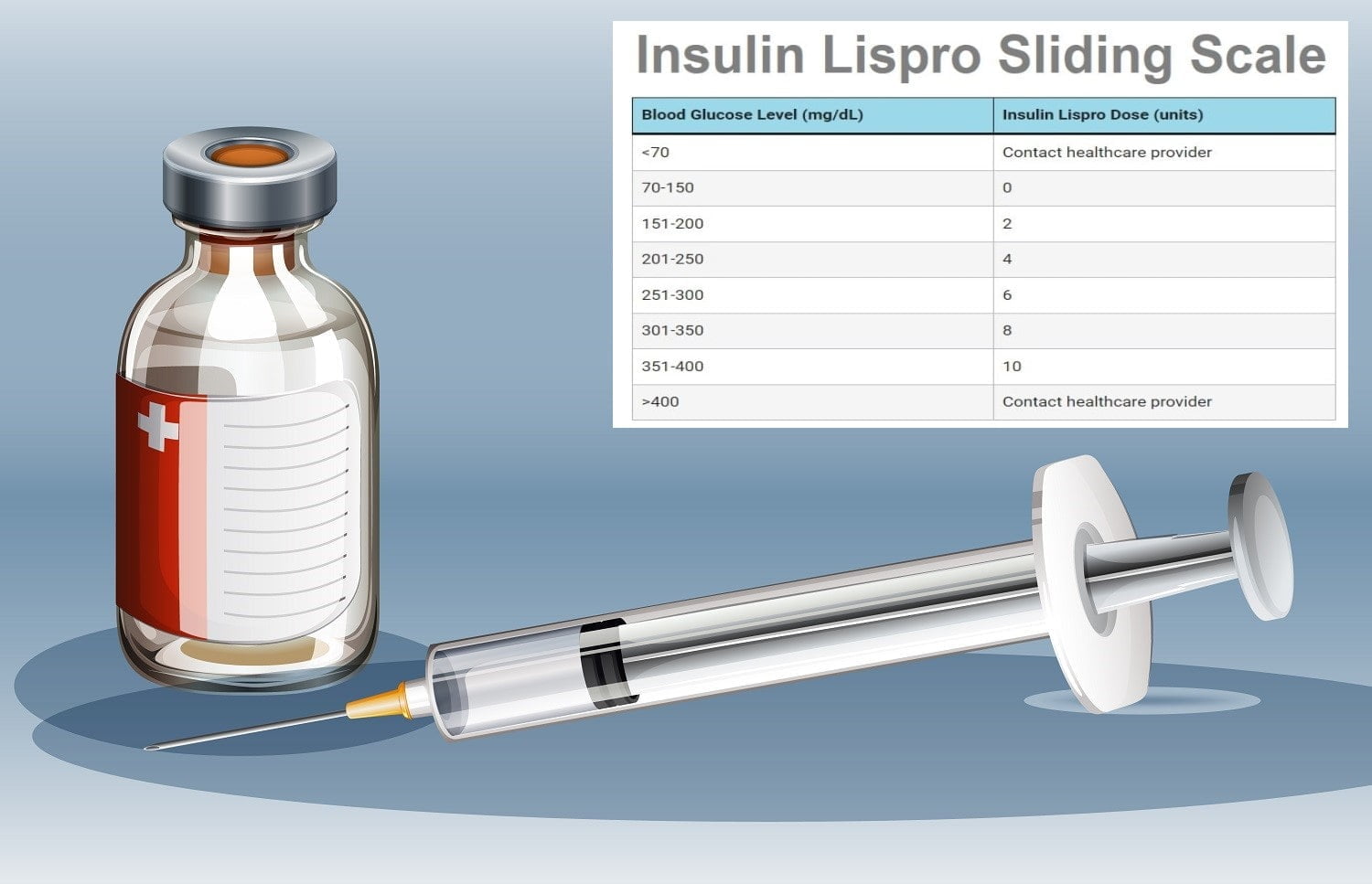Choosing the right insulin pump can be a pivotal decision for those managing diabetes, as it directly impacts convenience, comfort, and glucose control. In this guide, we’ll walk you through the key differences between tubed and tubeless insulin pumps, helping you understand which pump might best meet your unique needs. This comparison article examines everything from design and usability to performance, price, and customer reviews—keeping you informed so you can make the best decision.
Overview of Tubed and Tubeless Insulin Pumps

Tubed Insulin Pump
Tubed insulin pumps, like those in the Medtronic MiniMed series, connect the pump to the body via a small tube, which delivers insulin through a cannula (a tiny tube inserted under the skin). These pumps are known for offering highly adjustable insulin delivery options, giving users precise control over basal and bolus insulin doses. Tubed pumps often have durable builds and robust, long-lasting parts, making them ideal for users who seek advanced control and don’t mind the visible tubing.
Tubeless Insulin Pump
Tubeless insulin pumps, or “patch pumps,” are worn directly on the skin and deliver insulin wirelessly. A popular example is the Omnipod, which provides a discrete, cable-free solution that appeals to users with active lifestyles or those who prioritize ease of use and a streamlined design. Tubeless pumps are widely praised for their convenience, minimal interference with clothing, and suitability for sports and outdoor activities.
“Choosing between a tubed and tubeless insulin pump isn’t about one being universally better; it’s about finding the right fit for your lifestyle. Tubed pumps offer unmatched precision and durability, ideal for users seeking advanced control. On the other hand, tubeless pumps provide freedom and simplicity, perfect for those prioritizing convenience and a discreet, on-the-go solution. The ‘better’ pump is the one that aligns best with your unique needs.”
Detailed Comparison by Factor
1. Price Comparison
- Tubed Pumps: The initial cost of a tubed insulin pump can be substantial, often ranging from $3,000 to $6,000, depending on the model, insurance coverage, and supplier. Replacement tubing and infusion sets, typically needed every few days, add to ongoing monthly costs, which can range from $150 to $300
- Tubeless Pumps: Tubeless options, like the Omnipod, are structured more like a subscription model, with users paying for new pods every few days. Monthly costs average between $300 and $600, depending on insurance coverage, making them potentially more affordable in the short term but requiring regular replenishment.
2. Performance and Efficiency
- Tubed Pumps: Tubed insulin pumps provide fine-tuned control over insulin delivery. They offer customizable settings, allowing users to adjust both basal (steady) and bolus (additional, meal-time) rates with precision. Many tubed pumps also have dual delivery modes, making them versatile for varied needs.
- Tubeless Pumps: While tubeless pumps offer solid performance, they typically do not provide as many intricate setting options as tubed pumps. However, they are highly efficient and user-friendly, making them an excellent choice for those who prioritize simplicity.
3. Quality and Durability
- Tubed Pumps: Built to last for several years, tubed pumps are known for their durability. Made from high-quality materials and protected by warranties, these pumps withstand daily wear and tear, offering peace of mind for users.
- Tubeless Pumps: Tubeless pumps are reliable but require more frequent replacements, as each pod is only meant to be worn for a few days. While the pods are generally resilient, the shorter wear time can lead to higher costs in the long term, particularly if a pod is accidentally damaged.
4. Design and Aesthetic Appeal
- Tubed Pumps: Tubed pumps are noticeable due to the tubing, which some users find inconvenient or restrictive. Although newer designs have become more compact, the tubing remains visible, which may be a consideration for users who prefer subtlety.
- Tubeless Pumps: Tubeless pumps shine in this category due to their sleek, minimalist design. Worn directly on the skin without visible tubing, these pumps are ideal for users who prefer discretion, making them popular among younger users, athletes, and those who seek a “low-profile” solution.
5. Ease of Use and User Experience
- Tubed Pumps: Tubed insulin pumps have more settings and features, which can be an advantage for users comfortable with technology. However, the learning curve may be steep for beginners, as the setup involves connecting the tubing and managing more complex settings.
- Tubeless Pumps: Known for their simplicity, tubeless pumps like Omnipod are often chosen by users new to insulin pump therapy. The setup is generally straightforward, and the absence of tubes minimizes the chance of tangling, pulling, or disconnection, which enhances overall ease of use.
6. Compatibility and Integration with Technology
- Tubed Pumps: Many tubed pumps are compatible with continuous glucose monitoring (CGM) systems, allowing real-time blood glucose tracking. Models like the MiniMed 770G even offer automated insulin adjustments based on CGM data, making it a powerful choice for users focused on tight glucose control.
- Tubeless Pumps: Tubeless pumps also support CGM integration, with most offering Bluetooth connectivity to mobile apps. Users can monitor their blood glucose and insulin delivery through smartphone apps, which add convenience for on-the-go management.
7. Customer Support and Warranty Coverage
- Tubed Pumps: Established manufacturers like Medtronic provide comprehensive customer support and offer warranties that typically last up to 4 years. This extensive support is an advantage for users who value consistent assistance and reliable maintenance.
- Tubeless Pumps: Companies like Insulet (Omnipod) are known for responsive customer service and warranties that usually cover pods for around 2 to 4 years, depending on the model. Tubeless pump users often appreciate the quick replacement process for pods, though some find warranty durations shorter than expected.
Pros and Cons Table
| Feature | Tubed Pump | Tubeless Pump |
|---|---|---|
| Pros | Advanced settings, durable, compatible with most CGMs | Discreet design, wireless, easy to use |
| Cons | Visible tubing, can be cumbersome for active users | Requires frequent pod replacement, potentially higher supply cost |
User Reviews and Ratings
Users of tubed insulin pumps appreciate their precise control and durability, frequently mentioning the satisfaction of having advanced settings for fine-tuning insulin management. Tubeless pump users consistently praise the freedom from tubing and the ease of use, particularly noting how convenient these devices are for everyday wear and active routines. However, users occasionally mention the pod replacement costs as a downside for tubeless pumps.
Which Product is Right for You?
- Tubed Insulin Pump: Best suited for individuals who prefer a high level of control over insulin delivery and don’t mind the visible tubing. This pump type is ideal for those comfortable with technology and looking for a long-lasting solution.
- Tubeless Insulin Pump: Ideal for users who prioritize convenience, simplicity, and a cable-free experience. This option is especially attractive for active users or those who prefer a minimal, discreet look.
Final Verdict
Both tubed and tubeless insulin pumps have unique strengths that cater to different lifestyles and management preferences. Tubed pumps excel in control and durability, making them great for users who want precise settings. Meanwhile, tubeless pumps offer unparalleled convenience and simplicity, appealing to users who value discretion and ease of use. We recommend choosing the pump type that best aligns with your lifestyle and personal diabetes management goals.
Frequently Asked Questions (FAQs)
A tubed insulin pump uses tubing to deliver insulin from a device to your body, typically worn on a belt or in a pocket. In contrast, a tubeless insulin pump, or patch pump, sticks directly to the skin without tubing and uses wireless technology to deliver insulin.
Tubed insulin pumps usually have a higher upfront cost, often ranging from $3,000 to $6,000, with additional expenses for tubing and infusion sets. Tubeless pumps often work on a subscription model with monthly pod costs, typically between $300 and $600, which can be more cost-effective for some users in the long term.
While both types of pumps deliver insulin effectively, tubed pumps often offer more advanced settings for basal and bolus adjustments, making them ideal for users needing fine control. Tubeless pumps, however, are simpler to use and offer basic settings that meet the needs of many users.
Tubed pumps are known for their durability and can last for several years, whereas tubeless pumps require regular pod replacements every few days. Tubeless pumps are generally designed for ease of use and convenience rather than long-term durability.
Yes, most tubeless pumps, like the Omnipod, are waterproof and can be worn during activities such as swimming or showering. However, users should check specific model instructions for water resistance levels, as not all tubed pumps offer the same capability.
Comparison (Price)
| Feature | Tubed Insulin Pump | Tubeless Insulin Pump |
|---|---|---|
| Price | $3,000-$6,000 | Monthly subscription |
| Ease of Use | Complex, with advanced settings | Simple, user-friendly |
| CGM Compatible | Yes | Yes |
| Visibility | Visible tubing | Discreet, tubeless |





